When Is the Best Time to Visit Laos? Avoid This Time for 2026
Laos enjoys a tropical monsoon climate with two main seasons: the wet season from May to October, and the dry season from November to April.
The best time to visit Laos is from November to February, when the weather is pleasant and dry. March and April are the hottest months, but they come with the Lao New Year. If you’re traveling on a budget, the wet season might be just right with fewer crowds and cooler air.
In this guide, we will introduce the best time to visit Laos, and what to expect in each season, to help you plan a perfect trip to Laos!
![]() Laos Has Two Seasons: Dry & Wet Season
Laos Has Two Seasons: Dry & Wet Season
![]() The Best Time to Visit Laos Is the Dry Season: from November to February, Also the Peak Season
The Best Time to Visit Laos Is the Dry Season: from November to February, Also the Peak Season
![]() The Hottest Time of a Year in Laos Is March and April, Try to Avoid
The Hottest Time of a Year in Laos Is March and April, Try to Avoid
![]() The Wet Season of Laos Is from May to October: the Cheapest Time to Visit, Rainy but Cooler
The Wet Season of Laos Is from May to October: the Cheapest Time to Visit, Rainy but Cooler
![]() For Enjoying the Laos Traditional Activities: Visit in April & November
For Enjoying the Laos Traditional Activities: Visit in April & November
Laos Has Two Seasons: Dry & Wet Season
Laos' location on the map gives it a straightforward climate that has two distinct seasons. From November to April is the dry season. This time brings sunny skies and refreshing cool air. For many people, this is the ideal time to visit. The weather makes it pleasant to be outside, and there's minimal rainfall to disrupt plans.
The other season, from May to October, is the wet season. As the name says, this is a time of heavy rainfall nationwide. The monsoon winds that carry moisture from the Indian Ocean across Southeast Asia bring essential water for agriculture and revitalize the green landscapes. Rain is heavy but often comes in short, intense bursts. Some people choose this time to travel to avoid the peak season crowds.

Visit Buddha Park in Vientiane on a sunny day
The Best Time to Visit Laos Is the Dry Season: from November to February, Also the Peak Season
The peak travel season for Laos is the dry season for good reason. Some of the best sights to see in Laos are outdoors. The natural beauty around Luang Prabang, or the scenic countryside of Vang Vieng, is on full display under the clear skies of the dry season. With temperatures from 20° to 30°c during the day and low humidity, it's excellent weather for spending time outside exploring.
Many festivals and cultural celebrations also fall during this season. Hmong New Year and the boat racing festivals at the end of Buddhist Lent are celebrated with colorful processions and outdoor events. Visitors can take advantage of the comfortable weather to immerse themselves in the local traditions.
The peak season crowds also make the nightlife alive in cities like Vientiane and Luang Prabang. The bars, pubs, and restaurants are hubs of activity for locals and tourists alike. It's a great time to socialize and meet other people.
The Hottest Time of a Year in Laos Is March and April, Try to Avoid
The end of the dry season, particularly as the wet season begins, is best to avoid. Temperatures in March and April start to peak, sometimes getting over 35°c. Humidity is also rising during this time. Conditions outdoors can get very uncomfortable in the scorching heat.
People traveling to Laos in March and April are advised not to spend much time outdoors or to stick to the shade at a minimum. Exploring the jungles and temples in the intense heat risks suffering fatigue, dehydration, and heat stroke unless you're very careful. It's possible to stick to early morning when the weather is cooler, but it's better to visit at different times of the year when the weather is less restrictive.
The Wet Season of Laos Is from May to October: the Cheapest Time to Visit, Rainy but Cooler
The wet season is not the first choice for most travelers, but it does bring some special advantages. The weather is hot but cooled down by frequent rain. Generally, temperatures are around 25°c to 30°c, and humidity will be noticeable. The rain is usually intermittent or comes in short bursts, often in the afternoons and evenings. It's possible to get a good amount of exploring done each day before it starts to get wet.
Fewer tourists mean finding great deals on accommodations and tours during the wet season is possible. Budget-conscious travelers can explore the country at a lower price than other times. Popular attractions like the well-preserved temples in Luang Prabang and stunning Kuang Si Falls will also be less crowded. Fewer people make for a more intimate experience when exploring Laos' cultural attractions.
For Enjoying the Laos Traditional Activities: Visit in April & November
April and November offer special attractions for enjoying traditional activities in Laos. Lao New Year will be celebrated from April 13th to 16th in 2024. The festival, known as Pi Mai Lao, is a joyous celebration that takes place all over the country. Travelers can participate in the exciting water fights that symbolize renewal and witness colorful processions and temple ceremonies.
Boun That Luang is a festival that honors the That Luang Stupa in Vientiane. The stupa is believed to house a relic of Buddha. Monks and pilgrims gather in Vientiane to pay homage and make offerings. Religious ceremonies and traditional performances are held during the event, and the markets around the stupa come alive with food and crafts to tempt visitors. In 2024, Boun That Luang will be held on November 1st. These festivals have brought linear growth to Laos tourism industry.
The Monthly Climate Features of Laos
January
Middle of the dry season. Temperatures are cooler and pleasant with little rain. It is an ideal time for outdoor activities and sightseeing.
February
The weather begins to get a little bit hotter, but it's still comfortable to be outside. The peak tourist season is coming to an end.
March
One of the two hottest months with temperatures climbing over 35°c. Humidity is beginning to rise in anticipation of the wet season arriving. It is best to avoid being in the sun during the hottest parts of the day.
April
High temperatures continue, and humidity continues to rise. Anyone spending time in the heat needs to stay hydrated and avoid overexertion.
May to July
The wet season begins. Temperatures are hot, and rainfall becomes more frequent. The landscape becomes very lush, and rivers get revitalized. Some outdoor activities, such as hiking or exploring natural sites, can be limited.
August
August tends to be the wettest month. Rainfall is not only frequent and heavy, but sustained precipitation can lead to flooding. Transportation to natural sites can be interrupted.
September
Rainfall is beginning to lessen, but temperatures and humidity remain high. Weather conditions start to get more comfortable towards the end of the month.
October
This month is the transition between the wet and dry seasons. Temperatures get cooler, and humidity starts to decrease. There is still occasional rainfall, but it is shorter and less intense.
November
Daytime temperatures are in a very comfortable range. Clear skies and lower humidity make it a great time to explore the outdoors.
December
Dry and cool weather throughout the month. Days tend to be sunny, making it the most popular time to visit places like Luang Prabang and Vientiane.

Conclusion
Laos' two distinct seasons create different conditions for tourists to choose from. The comfortable weather of the dry season is perfect for exploring the outdoors, and the less crowded wet season is the best time to find a good deal. Decide which is the best for you and contact us. We'll help you put together an amazing tour of this exotic country.
More Related Travel Planning Articles
Most Popular Laos Tour Packages
-
 4 Days Luang Prabang Tour with Luang Say Cruise
4 Days Luang Prabang Tour with Luang Say CruiseLuang Prabang & Luang Say Cruise
Exploring Laos differently with a river cruise offers not only an excellent sense of the country but also allows you to get ...
-
.jpg) 6 Days Highlights Tour from Luang Prabang to Vientiane
6 Days Highlights Tour from Luang Prabang to VientianeLuang Prabang - Vientiane
This tour will not only take you to explore the Luang Prabang, but also the highlights of Vientiane. Lantern-lit streets ...
-
 9 Days Vientiane, Vang Vieng and Luang Prabang Tour
9 Days Vientiane, Vang Vieng and Luang Prabang TourVientiane - Vang Vieng - Luang Prabang
This 9-day tour will take you to Vientiane, Vang Vieng, and Luang Prabang of Laos. A place is full of quaint temples, stunnin ...
-
 13 Days Laos Off-the-beaten-path Tour with Overland Experience
13 Days Laos Off-the-beaten-path Tour with Overland ExperienceVientiane - Vang Vieng - Sam Neua - Xieng Khuang- Luang Prabang
In this 13-day tour, you will explore the little-visited countryside in Laos, taking in the rice plantations and waterfalls ...
Ask Us A Question For Free

.gif)












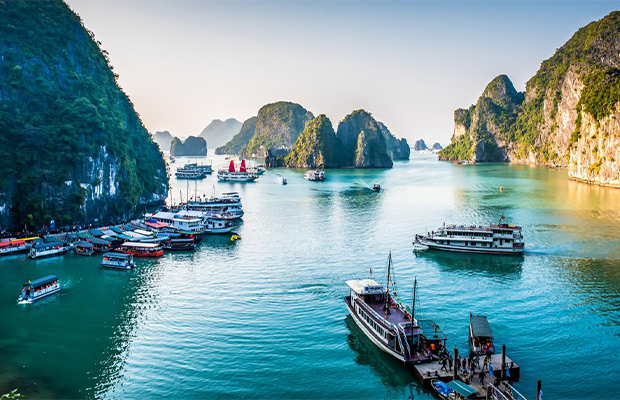
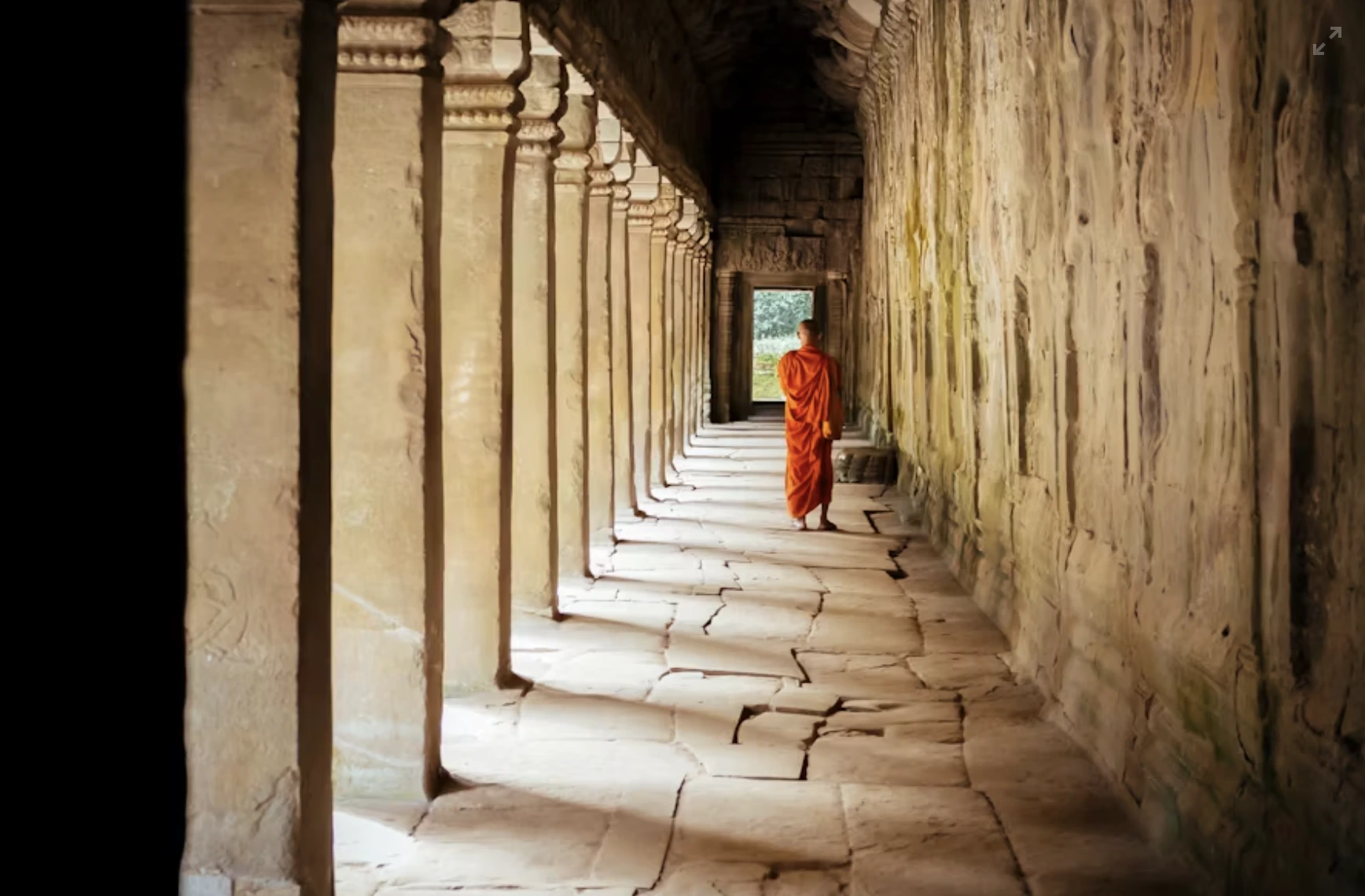
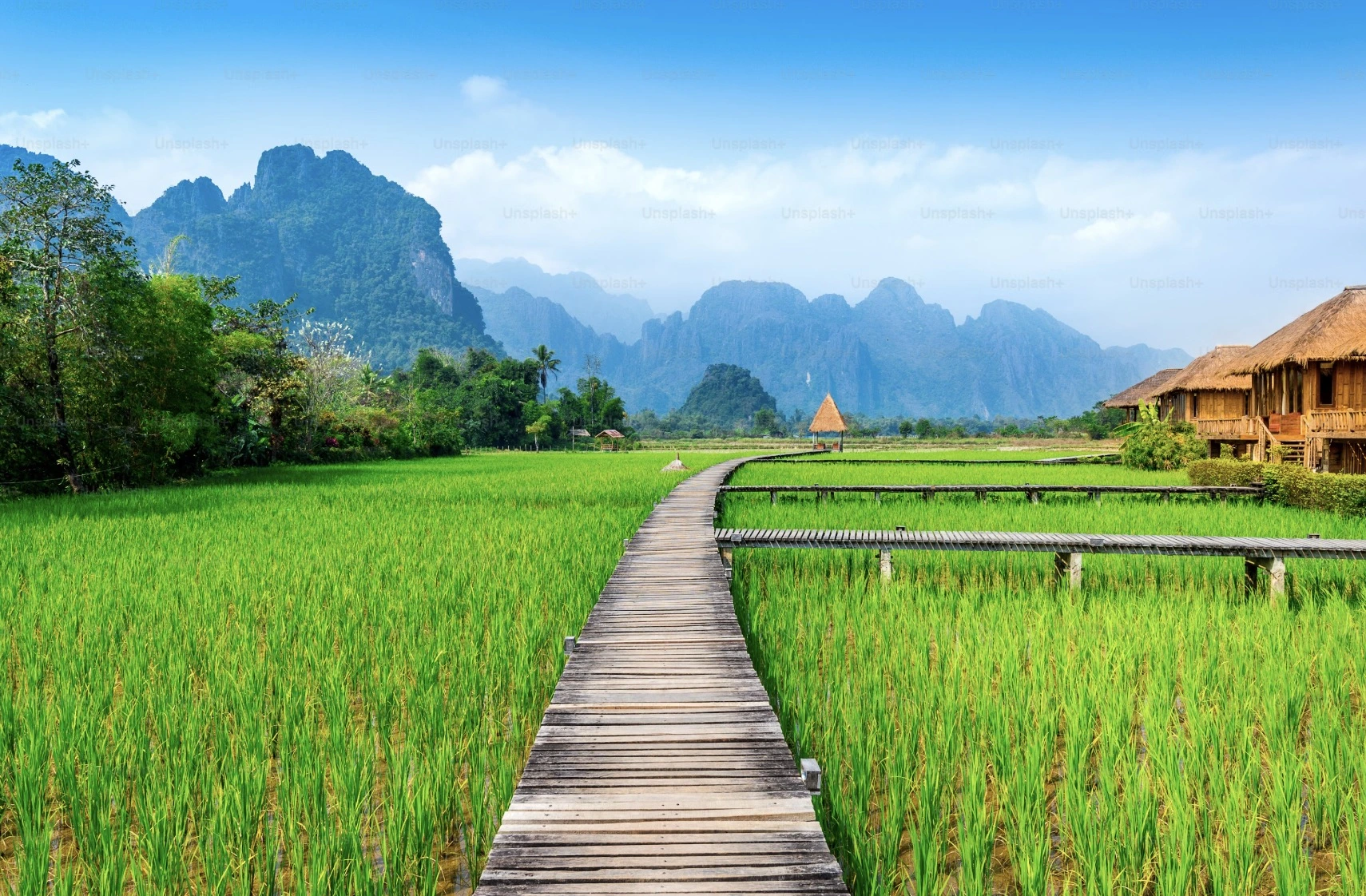
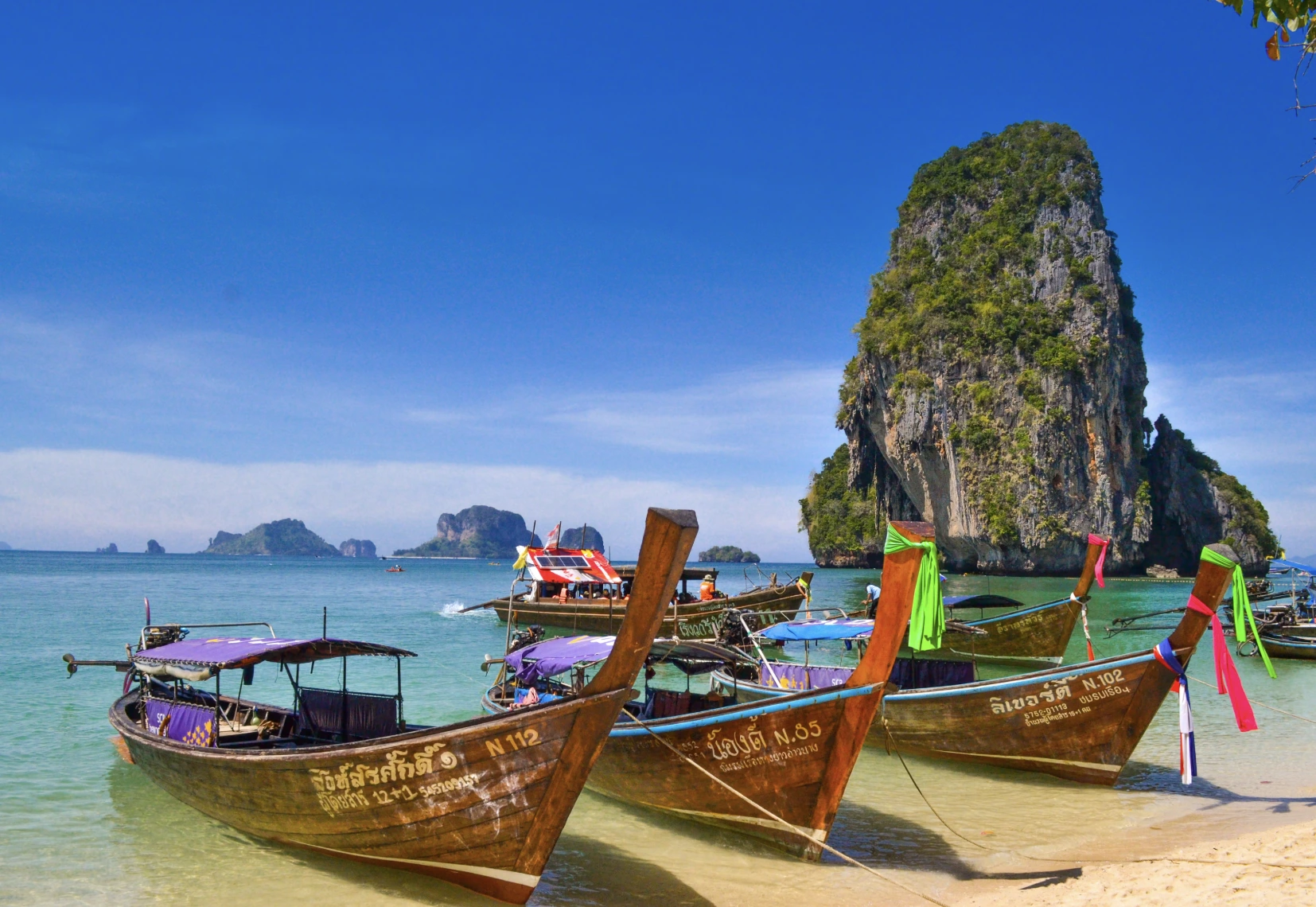
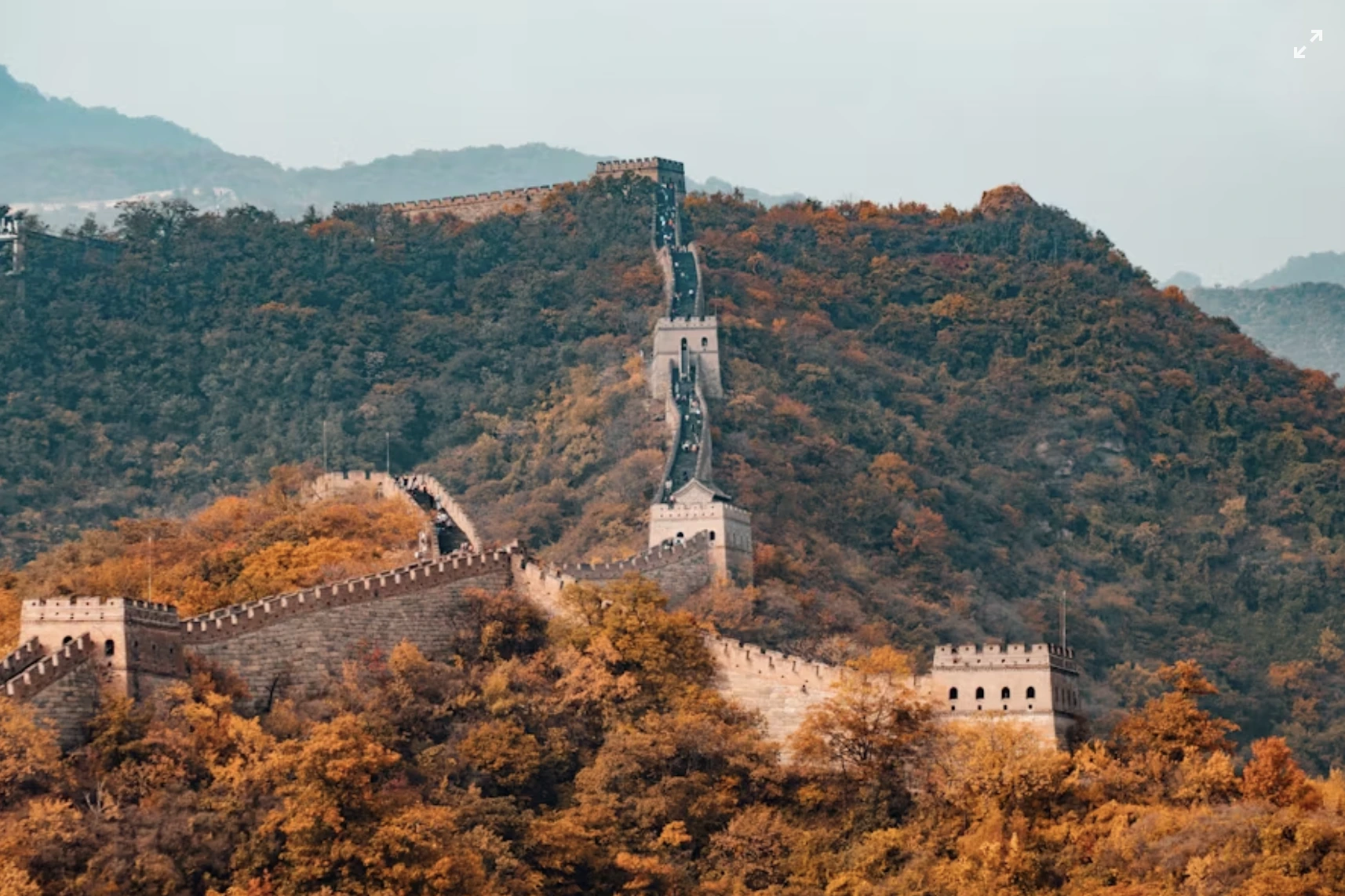


















.jpg)

